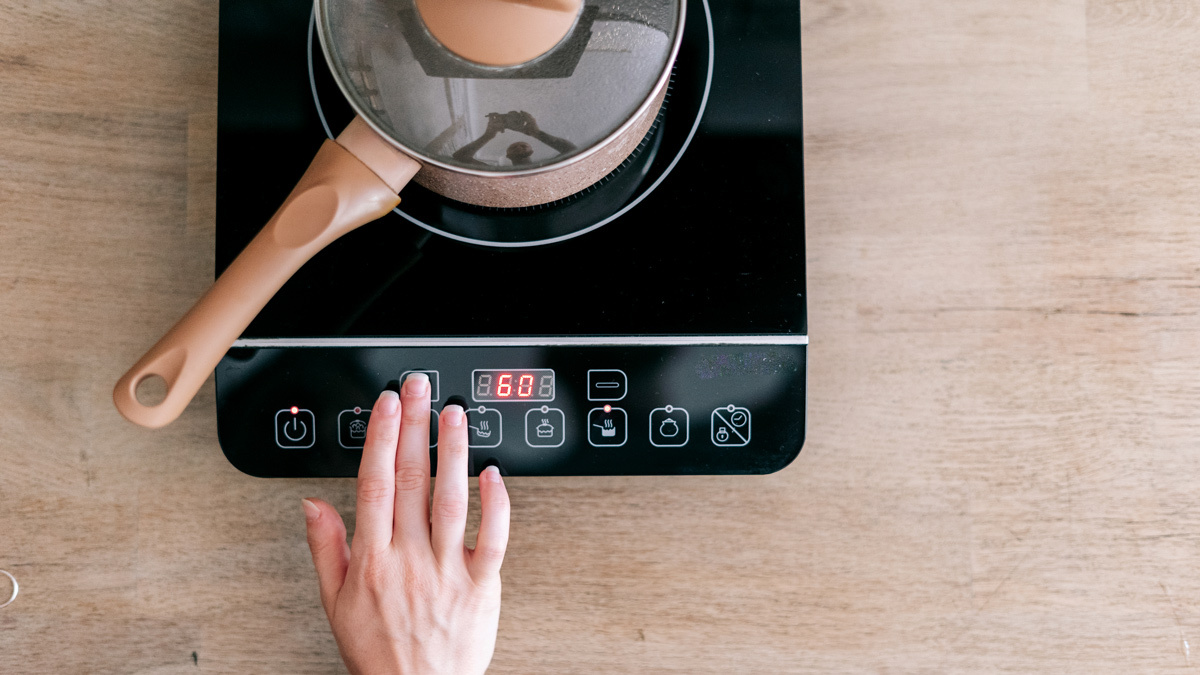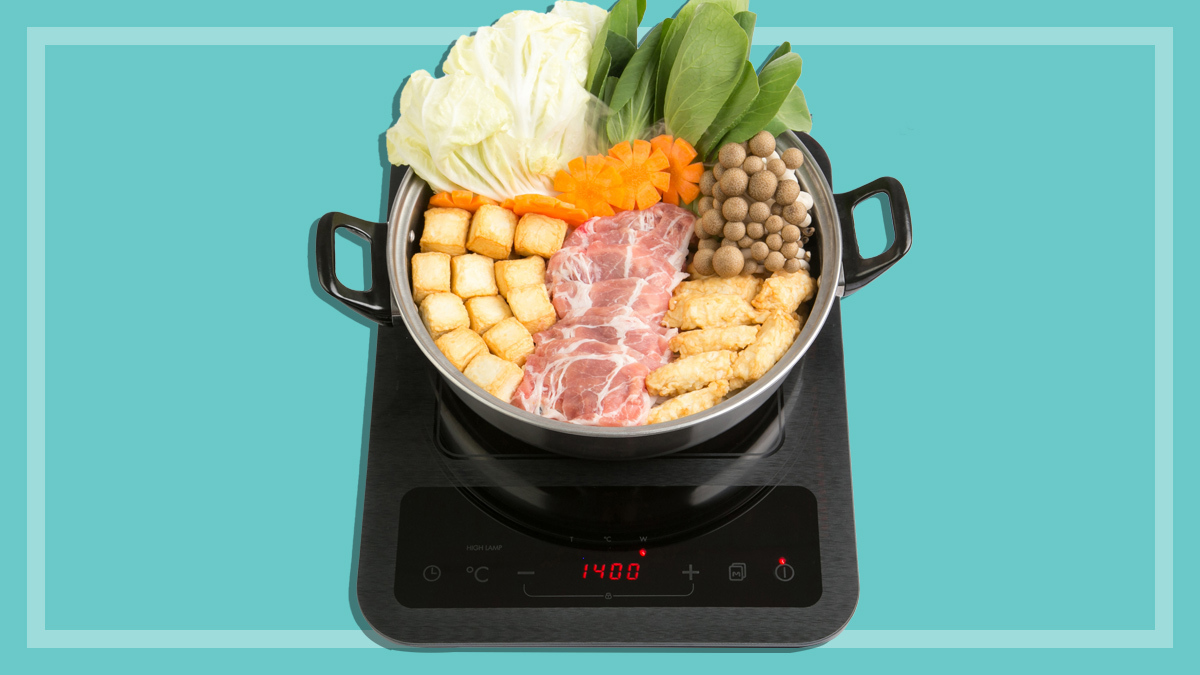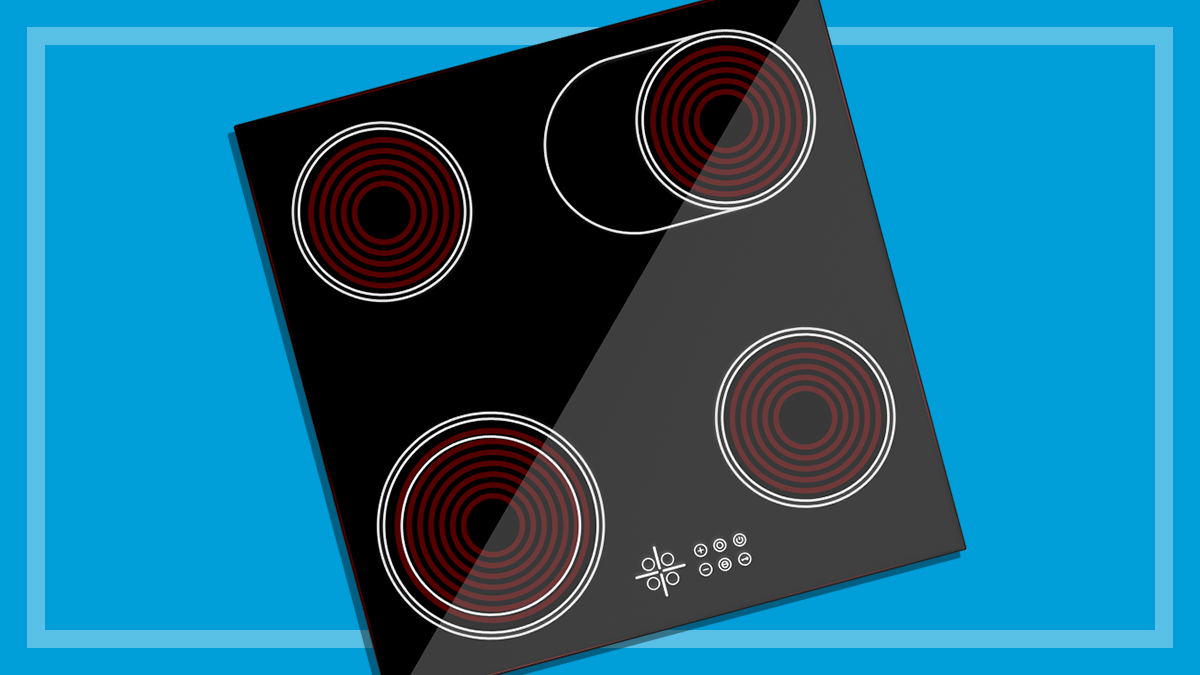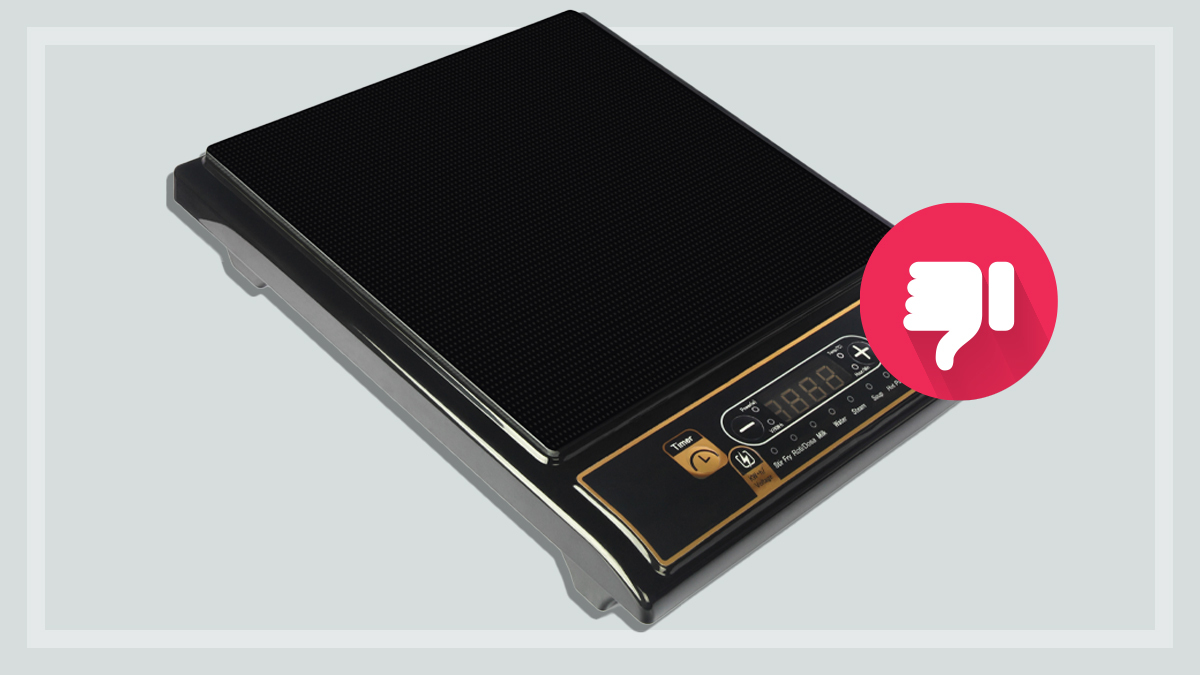Get our independent lab tests, expert reviews and honest advice.
How to find a great portable induction cooktop for your kitchen

Induction cooking has taken off in Australian households, with chefs and home cooks alike praising its precision, energy efficiency, and the fact that it’s less polluting to the home environment than gas, which has been known to increase health risks such as childhood asthma.
On this page:
- What is a portable induction cooktop?
- How much do portable induction cooktops cost?
- Getting started with induction cooking
- Portable induction cooktops vs built-in induction cooktops
- Is overheating an issue with portable induction cooktops?
- What to know before you buy
- What kinds of pans are needed for an induction cooktop?
But for many, installing a full-sized induction cooktop can be tricky – particularly if you’re renting or aren’t sure whether it’s worth it. Induction cooktops usually require far more power than a regular 10 Amp (10A) connection and need to be hard-wired by a licensed electrician.
That’s where portable induction cooktops come in. With some models costing as little as $55, they also present themselves as a cheaper alternative to a full induction setup.
What is a portable induction cooktop?
Portable induction cooktops are a relatively lightweight, one-hob appliance that runs on your existing home power point, complementing your current kitchen cooktop.
They can be an option for shared accommodation, home and holiday rentals, RVs and caravans, small businesses that don’t have a fully-installed kitchen, or an extra cooking surface for those who like to entertain (e.g. a hot pot experience).
There are also “commercial” portables that require a 20 Amp plug – these are suitable for people who may have a business that requires a more powerful or larger cooking zone (they aren’t suitable for RVs and caravans).
A portable induction cooktop might not be used regularly and may be operated by many users, so ease of use is more important than with built-in induction cooktops.
How much do portable induction cooktops cost?
You can expect to pay between about $60 and $385 for a portable induction cooktop, but we’ve also tested a couple of commercial-style portables that can cost up to $1299.
According to our calculations (using a cost of 40 cents per kWh), if you use a portable induction cooktop for 30 minutes three times a week at maximum settings, you can expect to pay annual running costs of around $43–82, depending on the model.
Getting started with induction cooking
You might be considering a portable induction cooktop as an interim replacement for a gas cooktop or to assess whether or not you want to invest in a full-sized built-in induction cooktop. If a portable induction cooktop is your first foray into induction cooking, then expect a learning curve as you get to grips with the various settings.
If a portable induction cooktop is your first foray into induction cooking, then expect a learning curve as you get to grips with the various settings
It also won’t necessarily give you a representative and comparative experience of what you’d experience with a built-in induction cooktop. When assessing portable cooktops, our experts look for controls that are as intuitive and flexible as possible.
Some models have pre-set functions (like sauté or slow cook) which may seem convenient at first glance, but depending on the model, it may be cumbersome to select your own power levels and timings if the pre-set ones don’t suit your needs. Our CHOICE Expert Rating (the overall score that determines which products we recommend) takes this into account when we test cooktops.
Portable induction cooktops vs built-in induction cooktops
There are many differences between using a portable induction cooktop vs built-in induction cooktop.
- Portable induction cooktops are significantly noisier due to their cooling fans that operate continuously during cooking as well as after cooking is finished, and the fan noise can be loud and annoying. In comparison, built-in models are much quieter and in some cases you can’t hear the fan operating at all.
- Many portables don’t have safety residual heat indicators. While induction surfaces don’t get as hot as gas or ceramic, they can still get hot enough to be a safety concern.
- Many portables lack intuitive controls and are very different to the usual power level settings on a regular induction cooktop.
- Portables can have a limited wattage/power level range.
- Portables can have a limited cooking zone size. While some instructions may suggest a wide pot diameter range, the cooktop will not be as efficient or quick at heating using larger pots/pans compared to using the correct zone size on a built-in model.
- Cleaning a portable induction cooktop is tricky. Their air intake and exhaust vents are exposed and need to be kept free from dust, grime and spills. This isn’t a problem with built-in models.
Is overheating an issue with portable induction cooktops?
There are many user reviews stating issues with overheating error messages, where the cooktop isn’t able to keep itself cool during use which triggers the overheat protection switch and turns the cooktop off.
Overheating is frustrating – it can interrupt the cooking process and prolong your time in the kitchen. Our expert testers looked closely at this during testing and found that overheating can indeed be an issue with portable induction cooktops.
What to know before you buy
Intuitive, obvious controls
You don’t want to be constantly referring to the manual. On such compact units, clear buttons (such as a plus or minus for increasing/decreasing power) are important.
Comprehensive instructions
Look for comprehensive instructions that give guidance on what wattage settings, power levels and/or temperatures are best for different types of cooking. We found many instruction manuals to be too brief.
Pre-set functions
Some cooktops have cooking modes such as sear, slow cook, soup or sauté, which can be OK if they suit your needs, but being able to choose your own power level and cooking time (and do so easily) gives you more control. Look for simple 1–10 power levels or 200–2500W settings.
Stability
The cooktop should be stable on the surface, ideally with non-slip feet.
Storage
If left unused for a while, we recommend wrapping the unit to avoid cockroaches or moths from settling into the air vents and creating potential short-circuiting issues. You may find some models with hooks to hang up.

Noise
It’s normal for induction cooktops to make beeps and hums depending on the cookware, and then there’s the sound of the cooling fans. While they can become annoying, don’t be alarmed by these noises.
Wattage range
Anything from around 100–2100W is ideal to cover a large variety of cooking scenarios.
Keep warm function
This is an optional low heat function that keeps cooked food at serving temperatures for a period of time.
Power boost
Not essential, but this option allows large quantities to be heated quickly for a short time before reverting to the selected setting.
Cleaning
You want a surface that’s easy to wipe over with dishwashing liquid and a soft cloth (don’t use harsh chemicals or abrasive cleaners). Food may spill over the sides and into the air vents depending on the design, and the vents can be difficult to clean.
It’s important to keep the air intake and vents dust-, dirt- and insect-free, as accumulation could trip the overheat cut-out switch. You could try using a dust tool on a vacuum cleaner if the vents need some cleaning.
Most portable induction cooktops use finger touch controls (although we’ve seen some with press buttons) so you’ll need to keep the buttons free from grease and moisture otherwise they may not work.
Pan size and weight
Portable cooktops only have one cooking zone, so you want it to accommodate a good range of pot sizes from a small milk pot to a casserole dish. A range of 12–24cm diameter pots is very good, but you may find efficiency and performance to be an issue for pots on either end of the spectrum.
While most models don’t state a maximum load weight, Breville’s The Quick Cook™ Go LIC500 MTBANZ 2IAN1 recommends no more than 6kg be used on the cooktop. Keep this in mind if you’re planning to use a larger pot or Dutch oven (which can be heavy to start with). You might not be left with much room to add your meal.
Benchtop space and weight
Portable induction cooktops need to be placed on a level surface and you may need to clear 10cm around all sides for ventilation, but consult the manual to make sure. The portable cooktops we’ve tested weigh between 1.8kg and 8.8kg, with a general width and length of around 28 x 37cm (give or take a centimetre or two).
They can be up to 13cm high, so bear this in mind as you’ll be cooking on top of your regular benchtop, which can be 90cm high already.
Portable induction cooktops cannot be used on a metal surface and it’s essential that they’re not placed on a table cloth, which can block the air intake vents that are usually on the base of the appliance.
Safety features
Handy safety features can include a child lock, residual heat indicator, safety symbols and adequate distance between a large pot and the controls.
What kinds of pans are needed for an induction cooktop?
Induction requires cookware to have a ferrous bottom so the heat can be conducted rapidly, and there are some other things you’ll want to consider as well.
- Make sure cookware corresponds closely to the size of the cooking zone as this will greatly reduce the amount of energy your cooktop uses.
- Check your existing cookware by placing a magnet on the base. If it sticks well, it should be good to use on induction.
- Cast iron, steel, some enamelled steel and stainless steel pans with an iron base or core are suitable.
- Glass, aluminium and copper are not suitable.
- If you need to replace all your pots and pans, factor this into your budget and look for the induction-compatible symbol when shopping.
Some induction cookware brands might not work with your particular cooktop. While this doesn’t happen often, it can be a case of trial and error. You can try contacting the manufacturer for advice on compatible cookware brands.
If you use the wrong cookware, the unit might fail and shut down, perform poorly, or in some cases it may even trip the circuit breaker.
Find out more with our guide to buying induction-compatible cookware.






